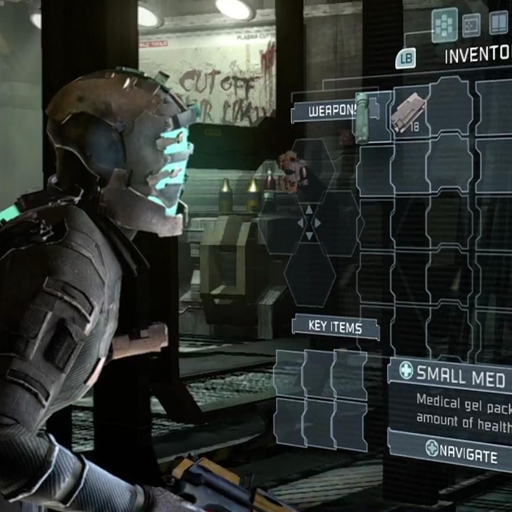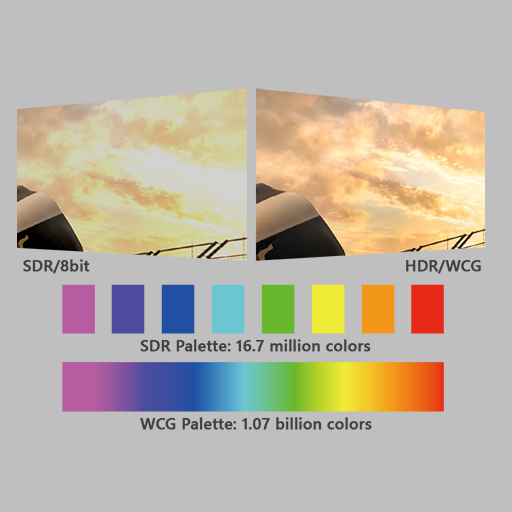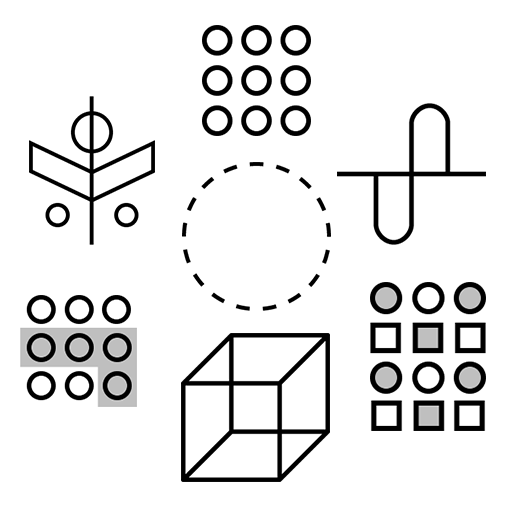The four types of HUD UI are Non-Diegetic, Diegetic, Spatial, and Meta. Each UI has its pros and cons, as well as distinct budgeting requirements for art direction, pre-production, implementation, and design. Non-Diegetic UI Non-Diegetic UI is detached from the gameplay. The characters do not interact with the UI elements,...
[Read More]
Design Vocabulary
Terms and topics to know
HUD The heads-up display, or HUD, is an in-game UI used extensively in core gameplay. The information communicated through the HUD varies according to the genre and game. Although certain HUD components are expected in some game genres, a game designer might decide to replace them with in-game solutions. The...
[Read More]
How our eyes work
A brief explaination and how it effects your design
The Basics of Vision Light enters the eye and hits the retina. At the back of the retina we have a concentrated pit of rods and cones: The signals are sent to the brain by the cones, which have a sensitivity to a certain color: red, green, or blue. Cones...
[Read More]
Theory of Visual Perception
How your brain perceives visual design
Theory of Visual Perception The brain perceives visual information in the following sequence of events: First, the brain discerns the shape of an object. Silhouettes and large bold shapes make the heaviest imprint on our memory. Next, the brain interprets color. This is when the brain would perceive an emotion...
[Read More]
Gestalt Theory
How we perceive the world
Gestalt principles are based on cognitive research and how we perceive the world through our senses. Gestalt principles provide the foundation for creating accessible designs and establishing UI patterns within those designs. A screenshot from Battlefield One: Spectator Mode Closure This diagram shows a dotted line, but the brain perceives...
[Read More]
Principles of Usability
Seven building blocks to good UX
When designing menus within a game, follow these seven principles for a consistent and accessible user experience. Example from the Metal Gear Solid Customization screen Seven unique items per screen Having more than seven unique items on one screen will overwhelm most users. Display only the most important information, which...
[Read More]





